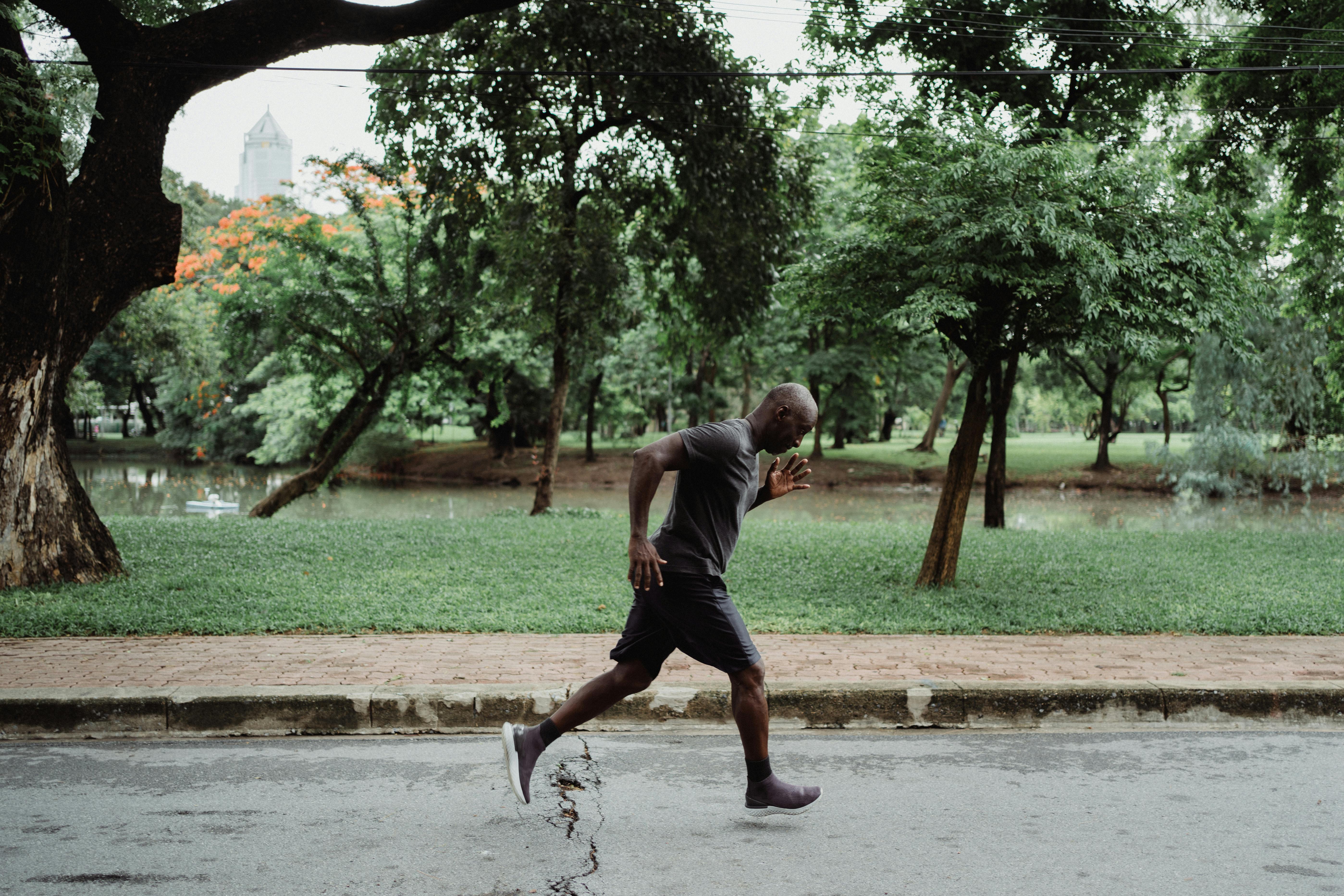
Strength Training Basics: Gym Lingo
You will often hear gym slang such as glutes, hamstrings, or pecs. It can get quite confusing. Sometimes scientific terms would be used that you wish you had paid more attention to in your anatomy class. So here’s a simple guide to what those muscles are and some of the best routines you can do to condition these muscles and get familiar with the lingo. Knowing how the equipment works and which exercises best target your muscles will give you the best training results.
Muscles
Buttocks or gluteus maximus
This is the muscle found in the buttocks. You can condition your glutes with push-ups and squats. This muscle also becomes conditioned as you run and take high steps.
Quadriceps
This muscle is in the front of your thigh. To target these muscles, you can do lunges, squats, and leg workout routines. Plus, you can condition these muscles when you run, use stationary bikes, stair climbers, and elliptical machines.
Hamstrings
These are the muscles in the back of the thigh. To condition these muscles, you will need to perform the exercises listed as those for the quadriceps. They work hand in hand and support each other.
Hip abductors and adductors
The abductors should not be confused with the abdominals. These are the muscles that are outside the legs. You use an abductor machine that allows you weighted resistance when you spread your legs. The adductors are muscles of the inner thigh. Use the same machine as the abductor, but change the setting to work your inner thighs by pressing the weighted resistance between your legs.
Calf muscles
These are the muscles that you can find curves in on the back of your legs. To condition these muscles, you will need to perform a standing or seated calf raise. During the seated calf raise, you can add weights above the knees for resistance. To raise your standing calf, add resistance by carrying weights to your sides.
Erector spine
These are the muscles of the lower back. You can condition these muscles by doing deadlifts, squats, and rowing. This is helpful for maintaining balance and posture.
Sit-ups or sit-ups
These are the muscles located in your core. You can condition these muscles by doing sit-ups and sit-ups. Side curls should target the muscles on the sides or you love handles known as obliques. You can refer to many different variations of abs to target a specific part of your abs.
Pectorals or pectoralis major
These are found in the chest muscles. To condition your chest muscles, you can do push-ups, pull-ups or chin-ups, chest presses, and chest flys. Modifications to these exercises are also available for optimal results.
Rhomboids
These are the muscles between the shoulder blades. To condition these muscles, you can use cable cross pulls, push-ups, push-ups when you’re done lying down, and rowing exercises.
Trapeze
These are the muscles of the neck and shoulders. You can condition these muscles by doing shoulder rotations and shoulder fly.
Lasitimus Dor
These are muscles in the middle of your back that give your body a V shape that tapers towards your waist. You can solve them with side pulls, bent arm rows, and dip exercises.
Deltoid
These are the muscles found in the shoulders. You can solve them by doing shoulder rotations. Additionally, exercising using your upper torso includes conditioning these muscles.
Biceps
Everyone is familiar with this. These are the muscles in front of the upper arm. These muscles are prominent when flexed. You can condition this muscle through bicep curls, rows, and pulls.
Triceps
This muscle is located on the back of your arm. This is conditioned by the triceps extension. This can also be toned by doing raises and descents targeting the back.
Common jargons
Repetitions
Reps are the number of times you do an exercise movement. Repetition conditions your muscles by bringing them to their relaxed state and to their flexed state to gain mass.